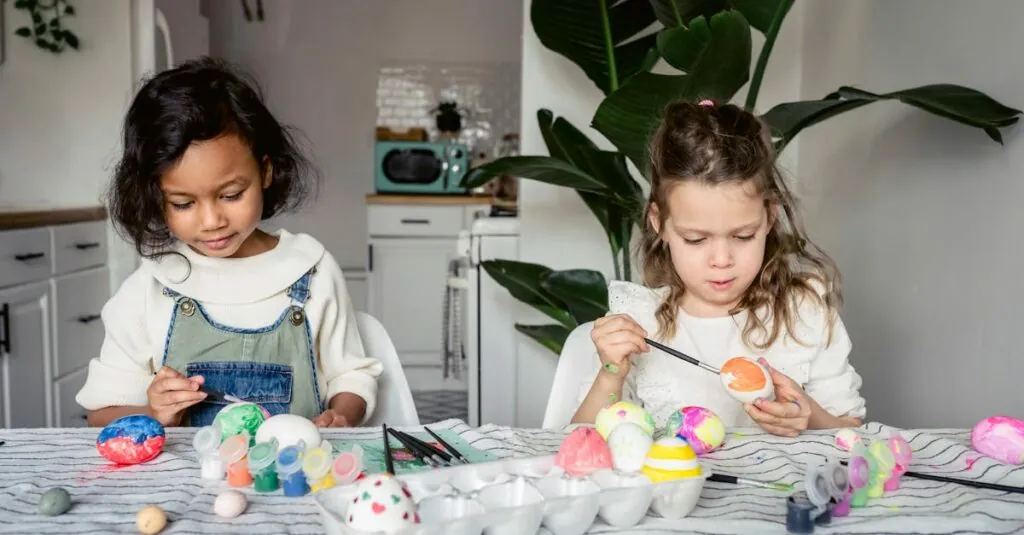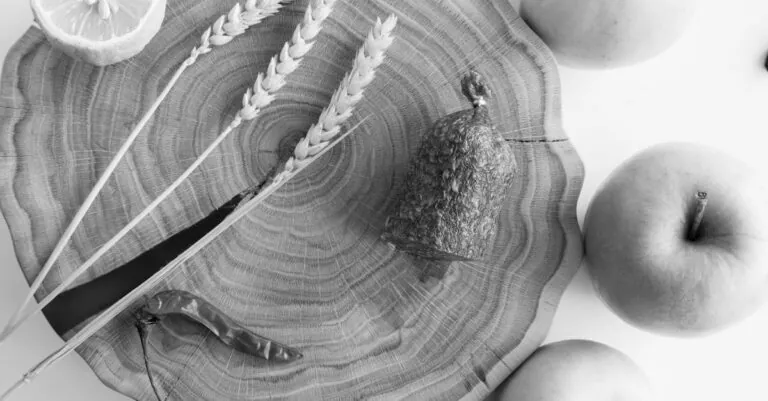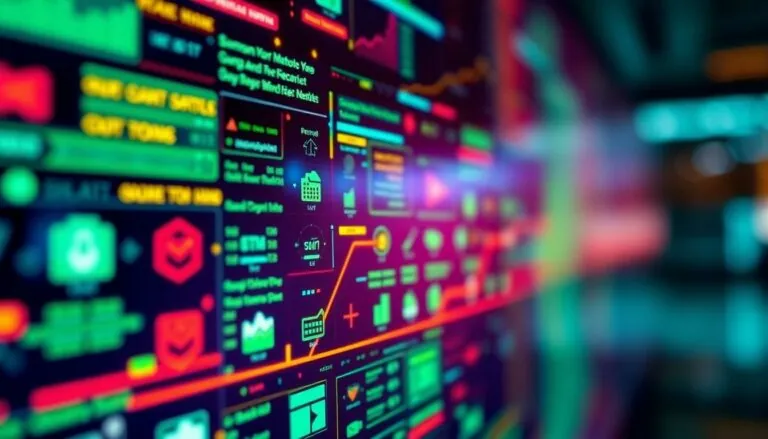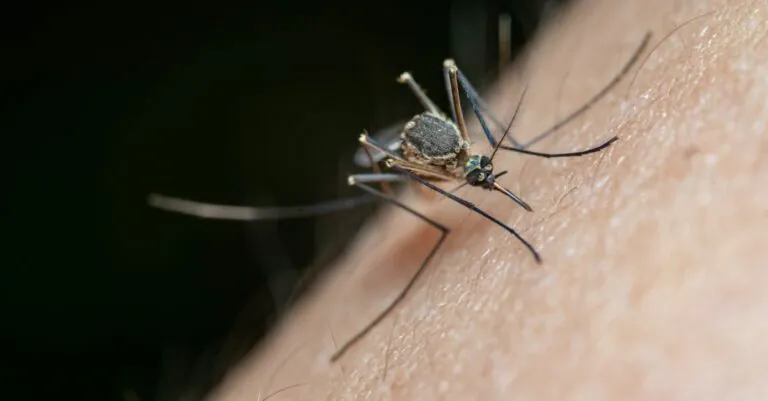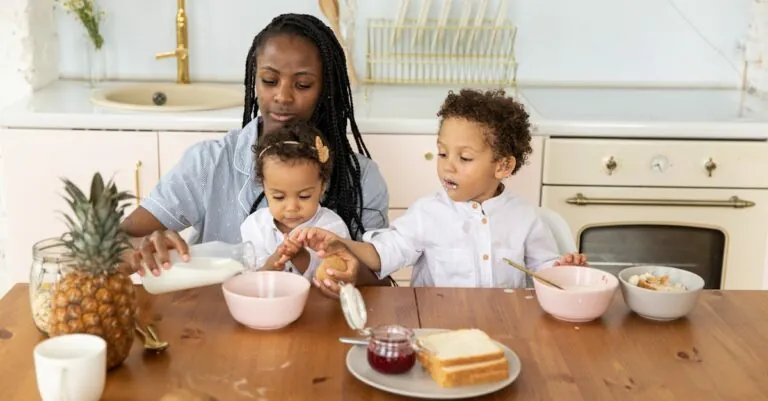Table of Contents
ToggleImagine a world where creativity knows no bounds and mess is a badge of honor. Welcome to the vibrant realm of process art for toddlers, where the journey of creation is just as important as the final masterpiece. Forget about the pressure of perfection—this is all about exploration, experimentation, and, let’s be honest, a little bit of chaos.
Understanding Process Art for Toddlers
Process art focuses on the creative journey rather than the finished product. This approach encourages toddlers to engage with materials freely, fostering exploration and self-expression.
Definition of Process Art
Process art refers to art-making experiences that emphasize experimentation and discovery. In this context, the act of creating holds more value than the end result. Children manipulate various materials, discovering textures, colors, and techniques. This exploration nurtures their creativity and independence. Artists in this field prioritize the experience over achieving a specific artistic outcome.
Importance of Process Art in Early Development
Process art plays a crucial role in early childhood development. It enhances fine motor skills as toddlers grasp tools and manipulate different materials. This type of art supports cognitive growth by encouraging problem-solving and critical thinking. Emotional expression flourishes through creativity, allowing children to communicate feelings without words. Social skills also develop during collaborative art projects, as toddlers share ideas and work together. Engaging in process art builds confidence, as children learn to value their efforts and unique creations.
Benefits of Process Art for Toddlers
Process art offers numerous advantages for toddlers, promoting exploration through hands-on experiences. This art form nurtures various aspects of development in young children.
Fostering Creativity and Imagination
Fostering creativity occurs when toddlers engage in process art. They explore colors, shapes, and textures, which sparks new ideas. Experimentation becomes key as they create without expectations. Independence develops as they make choices about their projects. Each unique creation reflects their imagination, reinforcing problem-solving skills. Art materials like paint, clay, and fabric encourage sensory exploration. As they manipulate these materials, toddlers envision new possibilities. These opportunities for open-ended play inspire innovative thinking while building creative confidence over time.
Enhancing Fine Motor Skills
Enhancing fine motor skills occurs naturally through process art activities. Toddlers strengthen hand-eye coordination when they grasp brushes or scissors. Manipulating various materials improves dexterity. Activities such as tearing paper, squeezing paint tubes, or rolling clay challenge their developing hands. As they engage in these tasks, they exercise control over their movements, which leads to improved precision. Each project they undertake enhances their ability to handle tools and materials effectively. Consistent practice enables toddlers to master skills that serve them well in everyday tasks. Fine motor development lays a foundation for later abilities involving writing and self-care.
Key Elements of Process Art Activities
Process art thrives on essential elements that nurture creativity and exploration in toddlers. Focus on materials and exploration invites rich artistic experiences.
Open-Ended Materials
Open-ended materials spark imagination and foster creativity. Items like clay, paint, and natural objects encourage toddlers to express themselves freely. Using these resources allows children to experiment without predefined outcomes. For instance, different colors of paint can lead to unexpected combinations and new techniques. Additionally, common household items like cardboard boxes and fabric scraps provide extensive opportunities for creativity. These materials support exploration and discovery, reinforcing the idea that art is process-oriented.
Child-Led Exploration
Child-led exploration empowers toddlers to take charge of their artistic journey. They decide what materials to use and how to manipulate them. Autonomy in creation boosts confidence and encourages self-expression. Whether splattering paint or collaging various textures, each choice enriches their experience. Experimentation becomes an integral part of learning, allowing children to solve problems as they create. Facilitating an environment that prioritizes child-led exploration provides essential skills for later life, nurturing independence and innovative thinking.
Tips for Parents and Educators
Creating a nurturing space encourages toddlers to explore process art freely. An effective art environment incorporates safety and accessibility.
Creating a Safe Art Environment
Safety forms the foundation of all art activities. Use non-toxic materials to minimize risks while engaging in creative exploration. Cover surfaces with protective sheets to prevent accidental damage. Organize supplies at toddler height, allowing them access to materials without assistance. Ensure small objects are out of reach to avoid choking hazards. Keep sharp tools like scissors or glue guns stored away until needed. Supervised exploration promotes safety and support, fostering confidence as toddlers create.
Encouraging Expression Over Outcome
Encouraging open-ended exploration allows toddlers to express themselves freely. Prioritize the act of creating instead of focusing on the final piece. Offer diverse materials like paints, fabrics, and natural objects for varied experiences. Ask questions that spark curiosity, such as “What happens if you mix these colors?” Supporting children’s choices enables them to take ownership of their art. Reinforcing the idea that mistakes are part of the process cultivates resilience. Celebrate creativity by appreciating their efforts without judgment, allowing for a rich, enjoyable experience.
Embracing process art for toddlers opens a world of creativity and exploration. This approach not only nurtures artistic expression but also supports essential developmental skills. By prioritizing the journey of creation over the final product, children learn to experiment and discover their unique voices.
Creating an environment that values open-ended exploration fosters confidence and independence. With the right materials and a supportive atmosphere, toddlers can thrive in their artistic endeavors. Encouraging this type of creativity not only enriches their playtime but also lays a strong foundation for their future learning experiences. Ultimately, process art is a powerful tool that cultivates imagination and self-expression in young children.

